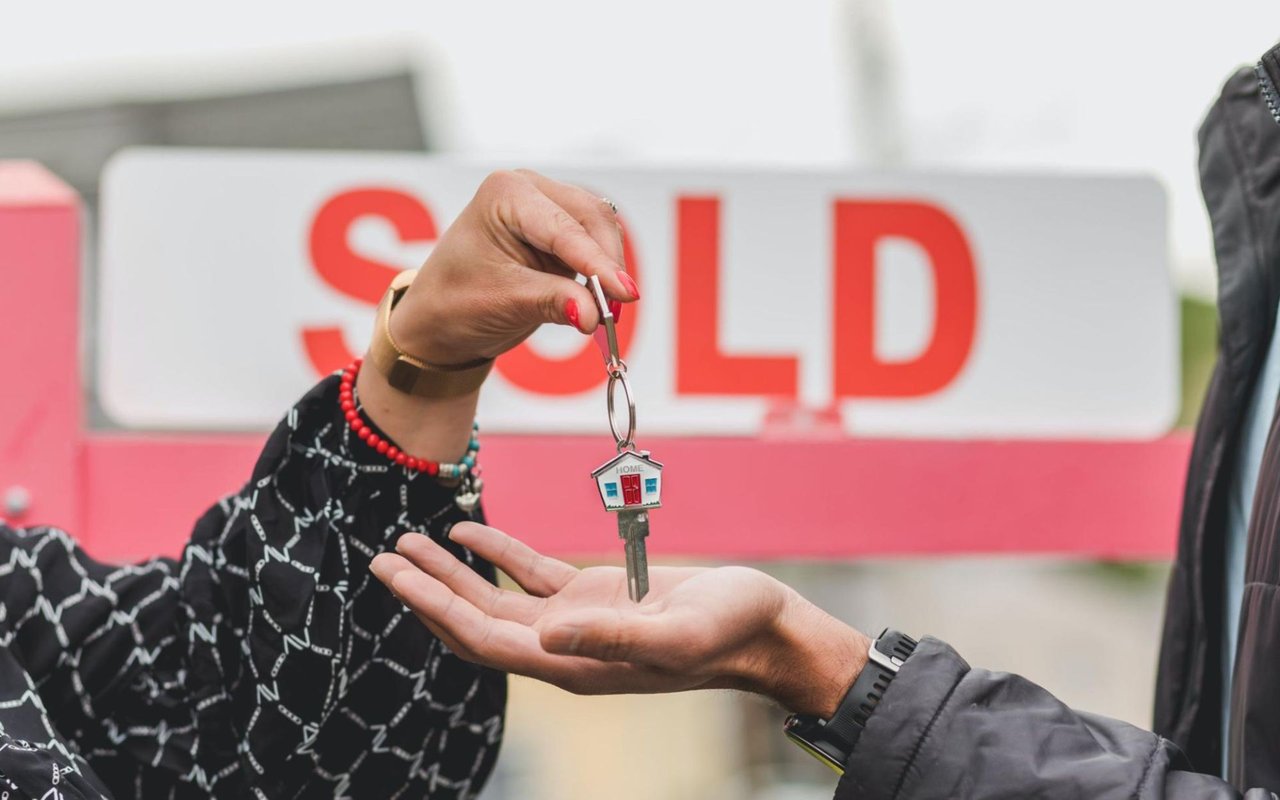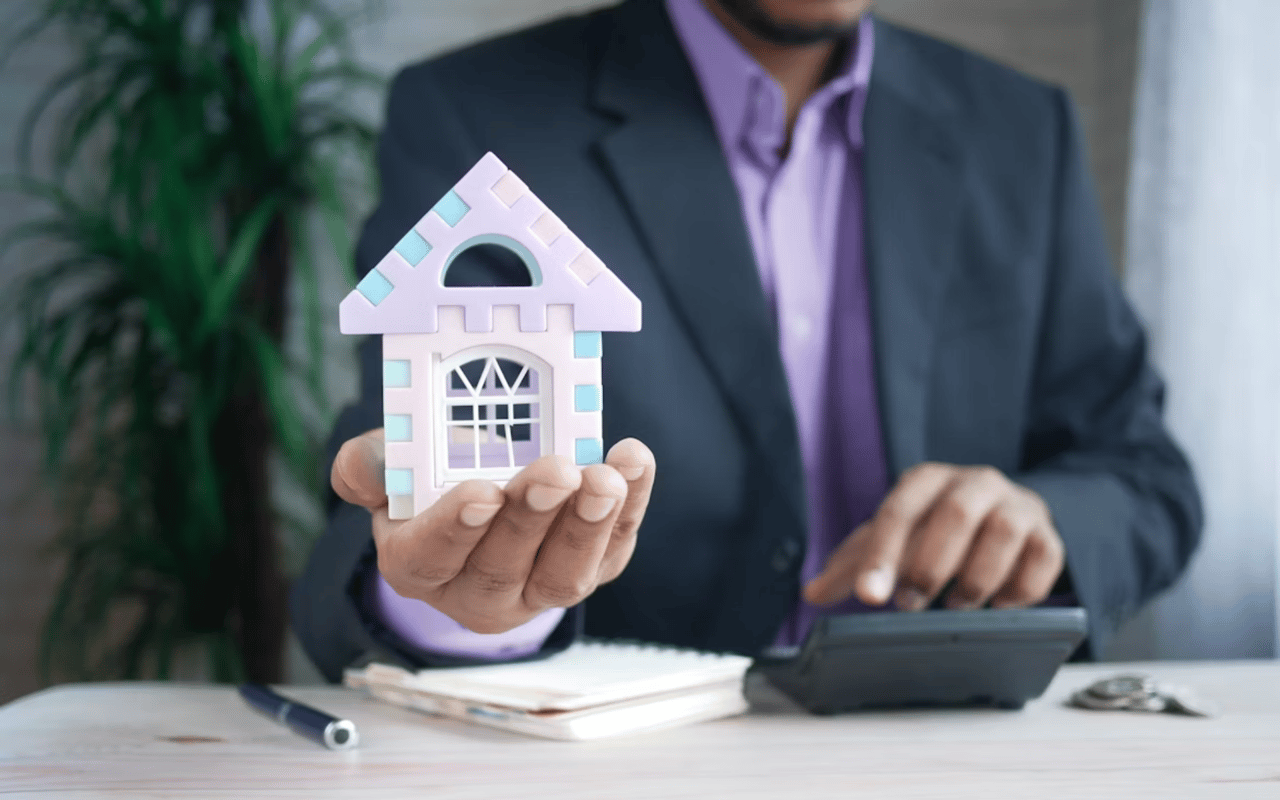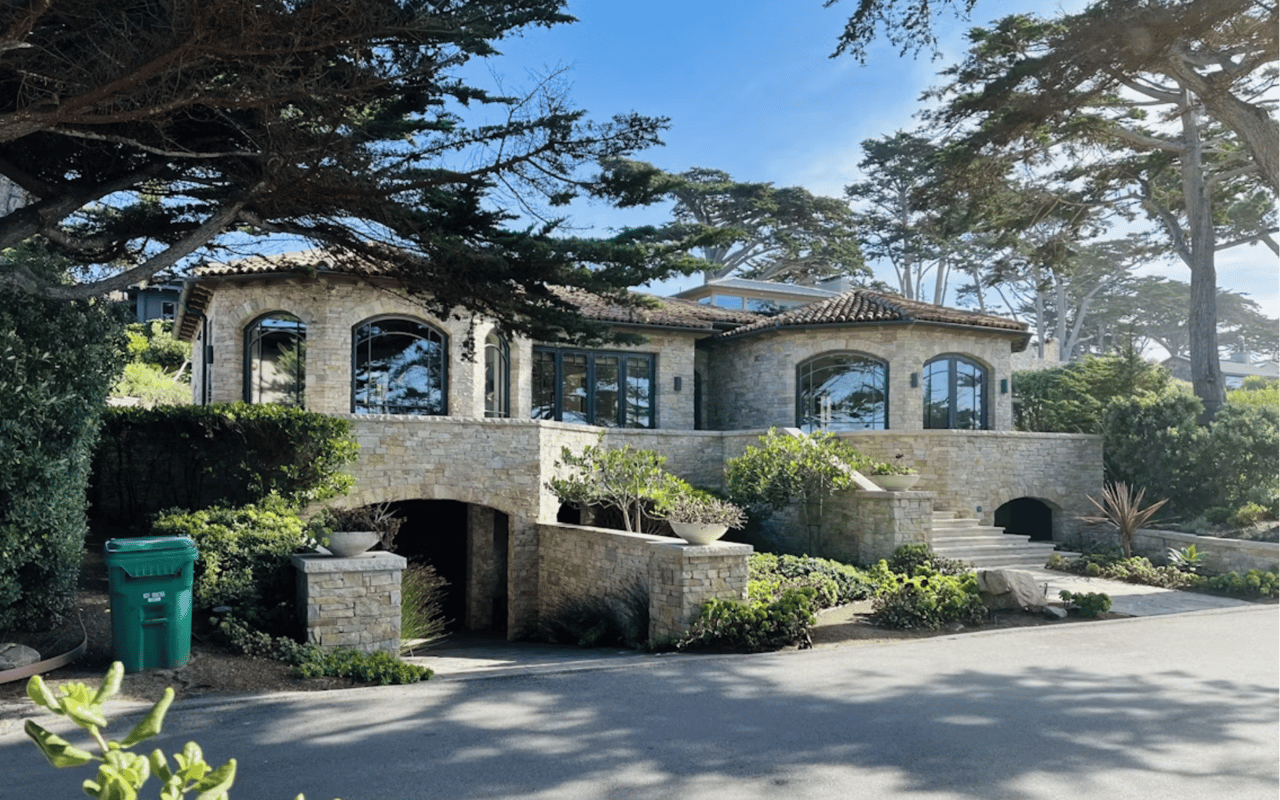Selling a home in San Francisco is an opportunity to capitalize on one of the world's most dynamic and sought-after housing markets. Whether you’re upgrading, downsizing, or relocating, the process requires careful planning and a strategic approach to maximize your property’s value. This guide will give you the tools to sell your home with confidence and achieve the best possible results.
Why Selling a House in San Francisco Requires Strategy
San Francisco’s real estate market isn’t just about listing a property and waiting for offers to roll in. It’s about understanding the city’s unique dynamics.
- High Demand Meets Limited Supply: San Francisco’s housing shortage means buyers are often willing to compete fiercely for the right home, but sellers still need to ensure their property stands out. Proper preparation, staging, and marketing can make the difference between attracting serious offers and being overlooked.
- Neighborhood Impact: The city’s neighborhoods all offer distinct character, pricing, and buyer demand. Selling a Victorian in Noe Valley requires a different approach than selling a modern condo in SoMa, as each area appeals to a unique set of buyers with varying preferences and budgets.
- Market Trends: Timing and strategy are critical. While demand is typically strong year-round, certain seasons—like spring and early summer—tend to see more active buyers, giving sellers an edge if their home is ready to list during these peak periods.
To succeed, you’ll need preparation, local expertise, and a strategic approach tailored to the market. Working with an experienced real estate professional can help you navigate these complexities with ease.
Step 1: Preparing Your Home for the Market
San Francisco buyers are sophisticated and discerning, and the presentation of your property can make or break a sale. Preparing your home goes beyond cleaning—it’s about creating an experience.
Declutter and Stage
San Francisco’s real estate market favors clean, modern, and move-in-ready homes. Start by removing personal items and decluttering to make the space feel larger and more inviting. Professional staging can further elevate your home, helping buyers imagine themselves living there.
Address Repairs and Upgrades
Small fixes can have a big impact. Repair leaky faucets, patch walls, and replace outdated fixtures. In San Francisco, buyers also value sustainable and modern upgrades, so adding energy-efficient windows or updating the kitchen with high-end appliances can increase appeal.
Showcase Outdoor Spaces
If your home has a patio, balcony, or garden, emphasize these areas. Outdoor living is highly valued in San Francisco, where many properties lack private outdoor space. Stage these areas with seating or plants to highlight their usability.
Step 2: Pricing Your Home Correctly
Pricing is as much an art as it is a science. The right price will attract attention, generate multiple offers, and lead to the best return.
To price your home effectively:
- Conduct a Comparative Market Analysis (CMA): Review recent sales of similar homes in your neighborhood to gauge the appropriate range. This data-driven approach provides a realistic starting point and helps you understand how your home compares to others currently on the market.
- Factor in Unique Features: Proximity to transit, views, and architectural details like bay windows or period moldings can all influence value. Highlighting these unique selling points ensures your home stands out in a competitive market where buyers seek properties with character.
- Be Strategic: In a competitive market like San Francisco, pricing slightly below market value can create a bidding war, often driving the final price higher. This approach attracts more interest, increasing the likelihood of receiving multiple offers quickly.
Remember, overpriced homes tend to sit on the market longer, potentially losing buyer interest, while underpriced ones risk leaving money on the table. Striking the right balance is key to securing the best outcome.
Step 3: Marketing Your Home
In San Francisco, where buyers have high expectations, marketing your home effectively is critical to its success.
Professional Photography and Virtual Tours
High-quality visuals are non-negotiable. Work with a professional photographer who understands how to capture your home’s best angles, including any standout features like views of the Golden Gate Bridge or charming Victorian details. Offering virtual tours can also appeal to out-of-town buyers relocating to the Bay Area.
Focus on Unique Selling Points
What sets your home apart? Is it the proximity to Dolores Park? The updated chef’s kitchen? Or perhaps the original architectural charm? Highlight these features in your listing to attract the right buyers.
Digital and Local Marketing
Leverage online platforms like Zillow, Realtor.com, and the MLS, but don’t overlook hyperlocal strategies. Open houses, well-placed signage, and even community newsletters can help reach buyers already living in or targeting San Francisco neighborhoods.
Step 4: Navigating Offers and Negotiations
Once offers start coming in, the real work begins. It’s not just about accepting the highest bid—it’s about carefully evaluating the full terms of each offer to ensure the deal aligns with your goals.
Key Factors to Consider:
- Price and Contingencies: Review whether the buyer offers cash, requires financing, or includes contingencies like home inspections or appraisals. Cash offers often come with fewer hurdles, while contingencies may add potential delays or risks that should be weighed carefully.
- Closing Timeline: A flexible or quick closing can often be as valuable as a higher price. Buyers who are ready to close quickly may provide the convenience you need, especially if you’re working within a specific timeline.
- Buyer Qualifications: Ensure the buyer is financially secure and can close the transaction without delays. Reviewing pre-approval letters and proof of funds is critical to confirming that the buyer has the resources necessary to follow through.
Your agent will help you navigate the negotiation process to secure the best deal while minimizing risks. Their expertise ensures you balance favorable terms and a successful close.
Step 5: Closing the Sale
The closing process in San Francisco requires attention to detail to meet city-specific requirements and ensure the transaction goes smoothly.
Inspections and Disclosures
San Francisco requires sellers to disclose specific information about the property, including natural hazard zones, structural conditions, and more. Inspections, such as pest or structural evaluations, are also a standard part of the process.
Escrow and Final Walkthrough
The escrow period is a critical phase where the buyer’s financing is verified, inspections are completed, and any contingencies are addressed. This ensures all conditions of the sale are met before closing.
Just before the transaction is finalized, the buyer conducts a final walkthrough to confirm the property is in the agreed-upon condition and any repairs have been completed. This step helps avoid unexpected issues at the last minute.
Once all documents are signed and funds are transferred, the sale is officially complete, and ownership is handed over, marking the successful conclusion of the transaction.
Sell Your Home with Roh Habibi
If you’re ready to sell your home, Roh Habibi offers the expertise, local knowledge, and attention to detail you need to achieve the best results. From preparing your house for sale to negotiating offers and navigating the closing process, Roh provides personalized guidance every step of the way. Contact Roh Habibi to learn how his expertise can help make your next move seamless and profitable.




